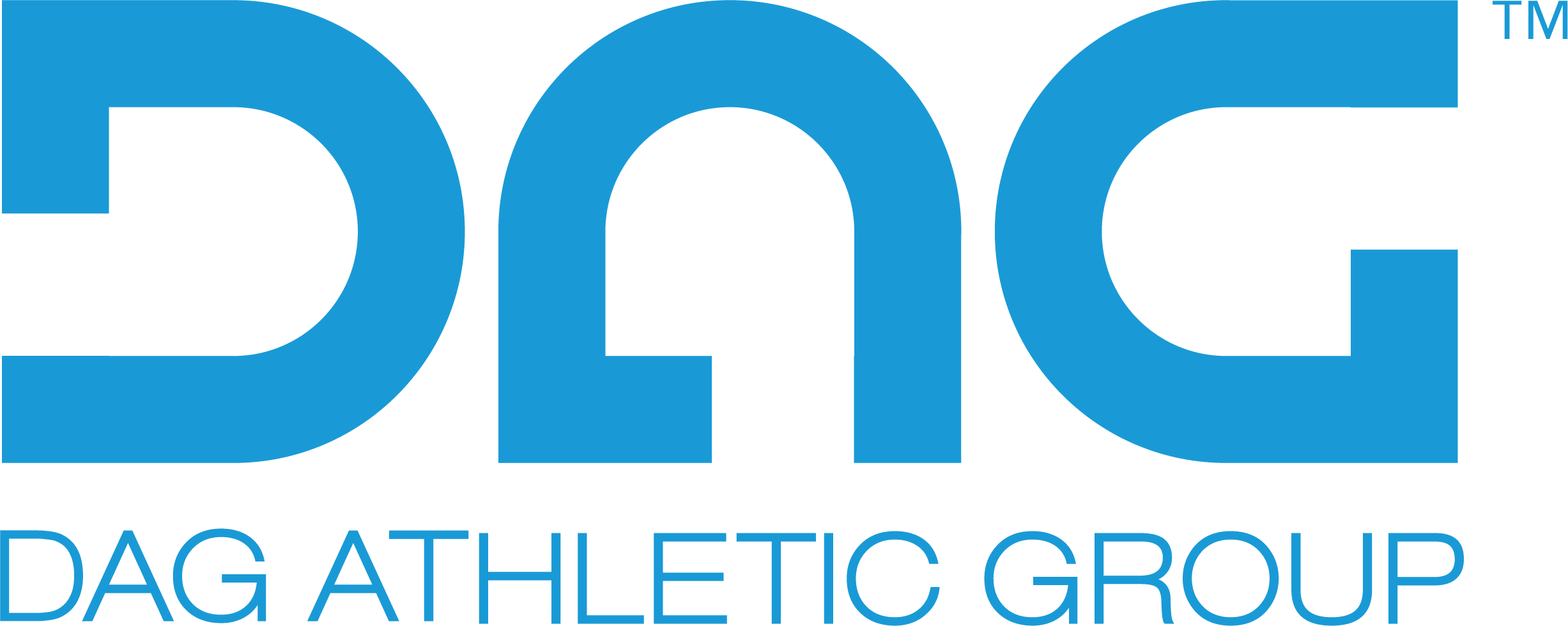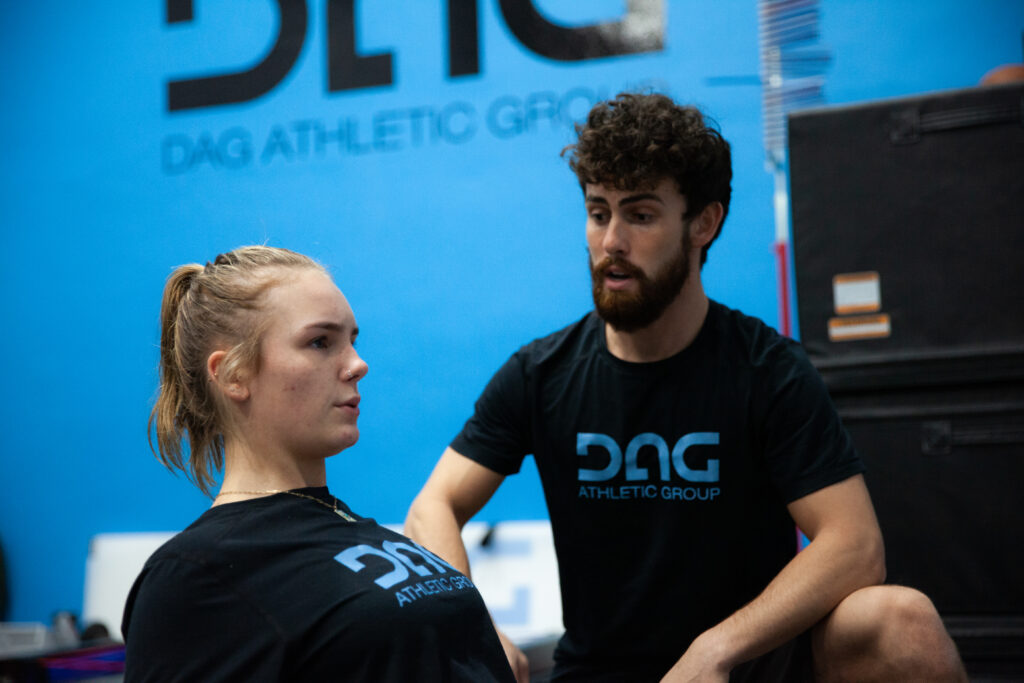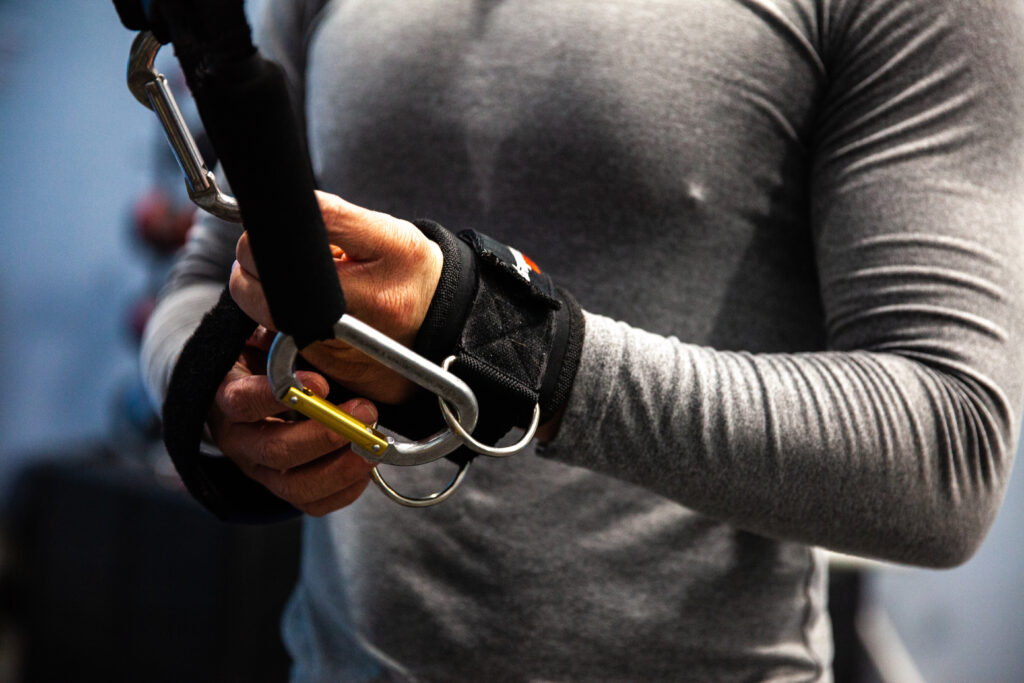PAIN ALLEVIATION
Injuries and pain can be devastating not just to an athlete, but to anyone experiencing restrictions in movement. And when we experience pain, the traditional approach to relief is visit a doctor. Too often and too quickly, however, doctors rush to prescribe rest, ice, compression and elevation (RICE), or pills. And that prescription can lead to immobility without fully understanding how to correct the underlying issue.
The DAG approach to pain relief puts you on the path we call “The Place Where No Pain Exists.” And we can help you get there immediately.
We believe that if nothing is STRUCTURALLY inhibiting your movement (broken bones or fractures) then there are many ways to alleviate pain AND begin rehab right away. Whether you sprained your ankle, twisted your knee, or have plantar fasciitis, DAG techniques help you better understand the source and cause of your pain and alleviate it on the spot. DAG proprietary techniques have been proven to help recover from injury and alleviate pain faster than any physical therapy or training methods known.
We have worked with professional athletes experiencing everything from sprains, back pain, knee injuries, hip pain and more. Imagine the response when your team doctor says your 2nd degree MCL sprain will take 4-6 weeks to heal. Now imagine healing in a week. A DAG assessment and blueprint allows you to begin working out immediately after your injury so you can get back in the game faster than you ever imagined. No other training or physical therapy methods are capable of achieving this level of recovery because traditional methods view the injuries through the wrong lens.
DAG views rehab and performance enhancement in a radical new way. We know which muscles need to be stretched, which ones don’t, where knots will form, where tightness develops, and how all of that affects the body and the mind when directing movement. We’ve extensively studied the traditional approach and, in many ways, take the exact opposite path — for faster recovery.



